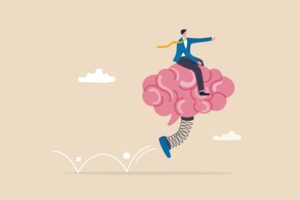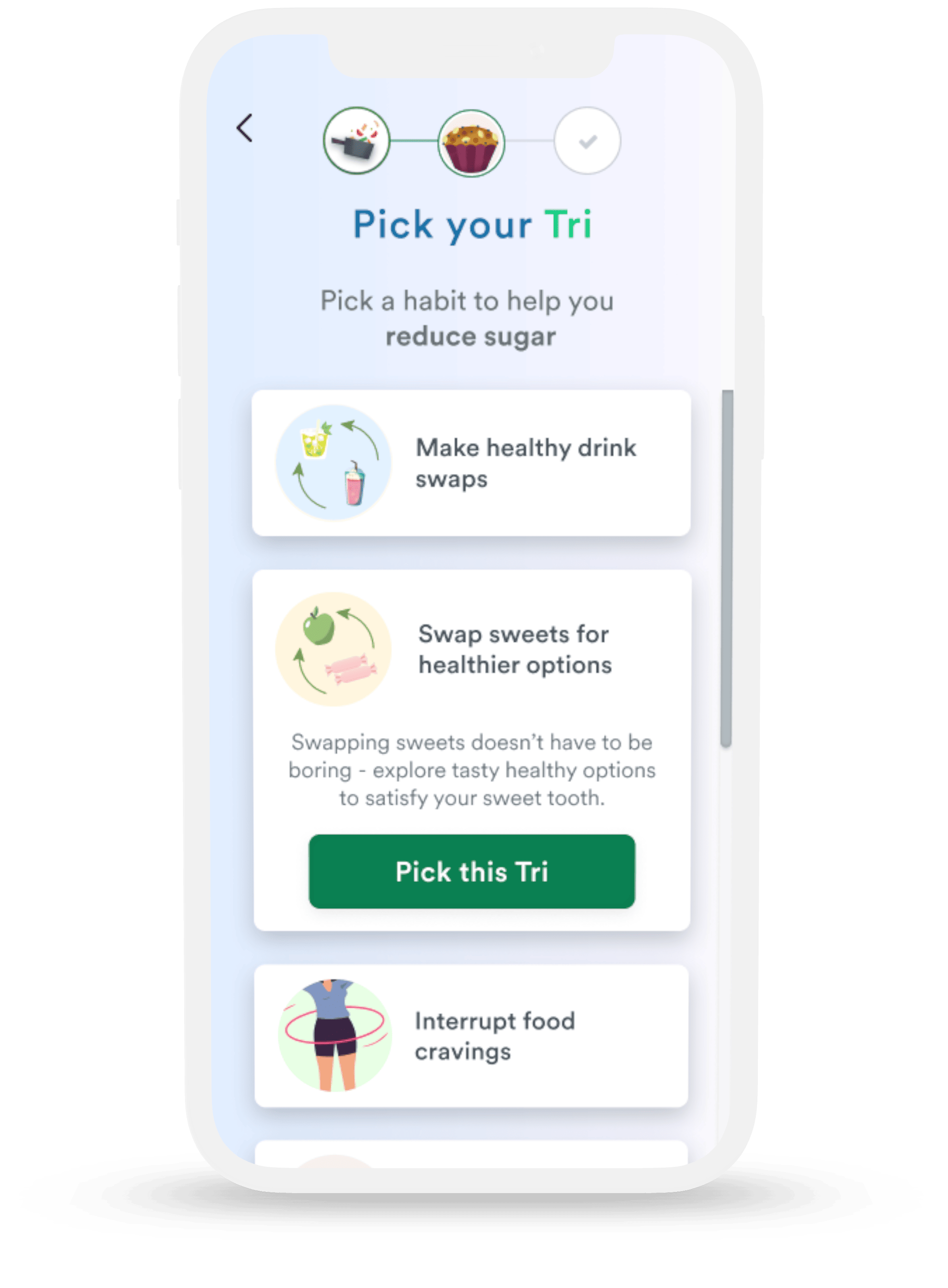Organizations are constantly seeking ways to boost employee productivity, engagement, and overall well-being. Many turn to performance-based approaches, setting strict goals and offering rewards for achieving them. However, this performative mindset method often falls short, leaving both employers and employees frustrated. Let’s explore why this approach doesn’t always work and how the Iterative Mindset Method™ can offer a more effective alternative.
The Pitfalls of the Performative Mindset
The performative mindset method is rooted in the idea that if employees do X, then Y will happen. When Y happens, they get a reward, a pat on the back, or a gold star. When Y doesn’t happen, they fail – and more importantly, they feel like failures. This approach has several inherent problems:
Short-term Focus
Performative methods often emphasize quick wins and immediate results. While this can lead to short-term spikes in productivity, it rarely translates to sustainable, long-term improvements. Employees may cut corners or neglect important aspects of their work to meet arbitrary targets.
One-size-fits-all Approach
Every employee is unique, with different strengths, weaknesses, and motivations. A standardized performance method fails to account for individual differences, potentially leaving some employees feeling left behind or undervalued.
Increased Stress and Anxiety
The pressure to constantly perform and meet specific targets can lead to heightened stress levels among employees. This not only affects their mental health but can also impact their physical well-being and overall job satisfaction.
Neglect of Process and Learning
By focusing solely on outcomes, performative methods often overlook the importance of the journey and the valuable lessons learned along the way. This can stifle innovation and creativity within the organization.
Demotivation and Disengagement
When employees consistently fall short of prescribed goals, they may become demotivated and disengaged. This can lead to a cycle of decreased productivity and increased turnover rates.
The Habenula: The Brain’s Motivation Kill Switch
To understand why the performative mindset method often fails, we need to look at the neuroscience behind motivation and behavior change. Enter the habenula – a tiny but powerful structure in our brains that plays a crucial role in how we respond to failure and negative experiences.
The habenula acts as a motivation kill switch. When we try something and fail, or when we don’t receive an expected reward, the habenula becomes activated. It inhibits dopamine release, effectively reducing our motivation to try again. This biological response is at odds with the performative mindset method, which often expects employees to bounce back quickly from setbacks and maintain high levels of motivation regardless of outcomes.
In a workplace setting, an overactive habenula can lead to:
- Decreased risk-taking and innovation
- Reduced willingness to take on new challenges
- Increased feelings of burnout and disengagement
- Difficulty in adapting to change
The Iterative Mindset Method™: A Fresh Approach
So, if the performative mindset method doesn’t work, what’s the alternative? Enter the Iterative Mindset Method (IMM), an approach to behavior change and habit formation developed by Fresh Tri.
The IMM is based on the science of habit formation and lasting behavior change. It empowers individuals to iterate their way to better performance and well-being with a positive and simple approach that aligns with how our brains naturally function.
Key Principles of the Iterative Mindset Method
The Iterative Mindset Method is built on several core principles that work in harmony with our brain’s natural processes. Let’s explore these key elements:
Embrace Iteration
Instead of setting rigid goals, the IMM encourages employees to try new approaches, assess their effectiveness, and make adjustments as needed. This aligns with how we naturally make decisions in life – through trial and error.
No Failure, Only Practice
The IMM eliminates the concept of failure. Every attempt is seen as valuable practice, providing insights for future iterations. This approach helps counteract the demotivating effects of the habenula, keeping employees engaged and motivated.
Personalization
Unlike one-size-fits-all performative methods, the IMM allows employees to find what works best. This personalized approach leads to more sustainable behavior change and improved performance.
Focus on Mindset
The IMM prioritizes changing how employees think, not just how they behave. Employees become more resilient and adaptable by fostering a growth mindset and embracing iteration.
Long-term Perspective
Rather than chasing quick wins, the IMM encourages a long-term view of performance and well-being. This aligns with the neurobiology of habit formation, which can take anywhere from 18 to 200 days.
Implement the Iterative Mindset Method in the Workplace
Here’s how organizations can start incorporating the IMM into their employee development strategies:
- Encourage experimentation: Create a culture where employees feel safe trying new approaches to their work. Celebrate both successes and learning experiences from less successful attempts.
- Reframe “failure”: Help employees see setbacks as opportunities for growth and learning, not as personal failures. This can help mitigate the negative effects of habenula activation.
- Provide regular feedback: Instead of annual performance reviews, implement more frequent, low-stakes feedback sessions. This allows for continuous iteration and improvement.
- Personalize development plans: Work with employees to create individualized development plans that align with their strengths, interests, and career goals.
- Foster a supportive community: Encourage peer-to-peer support and knowledge sharing. The IMM thrives in environments where employees can learn from each other’s experiences.
- Invest in mindset training: Provide resources and training to help employees develop an iterative mindset. This could include workshops, coaching sessions, or access to tools like the Fresh Tri app.
Embrace the Iterative Mindset Method
By moving away from the performative mindset method and adopting the IMM, organizations can expect to see the following:
- Increased employee engagement and satisfaction
- Higher levels of innovation and creative problem-solving
- Improved adaptability to change
- Reduced stress and burnout among employees
- More sustainable, long-term performance improvements
- A more positive and supportive workplace culture
A Path to Sustainable Employee Success
The performative mindset method, with its rigid goals and focus on outcomes, often fails to produce lasting results in the workplace. By understanding the habenula’s role and embracing the Iterative Mindset Method, organizations can create a more effective, sustainable approach to employee development and performance improvement.
Remember, there is no “fail” in the IMM – only practice and iteration. By fostering this mindset, companies can empower their employees to become unstoppable, iterating their way to better performance, improved well-being, and greater job satisfaction.
Ready to transform your workplace with the Iterative Mindset Method™? Download the Fresh Tri app today and start empowering your employees to iterate their way to success. Together, we can create a more engaged, resilient, and high-performing workforce. Don’t wait – take the first step towards sustainable employee success now!













